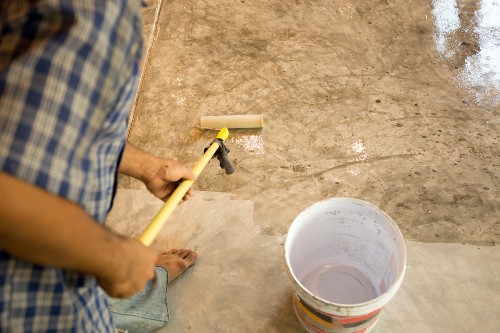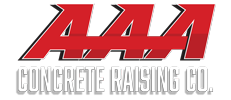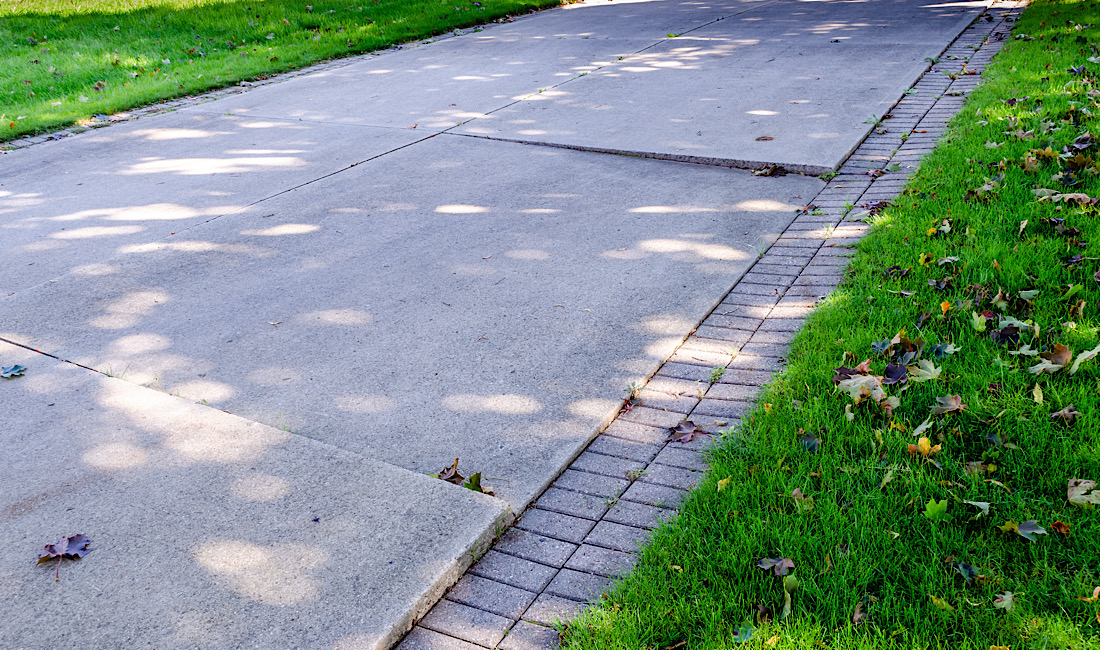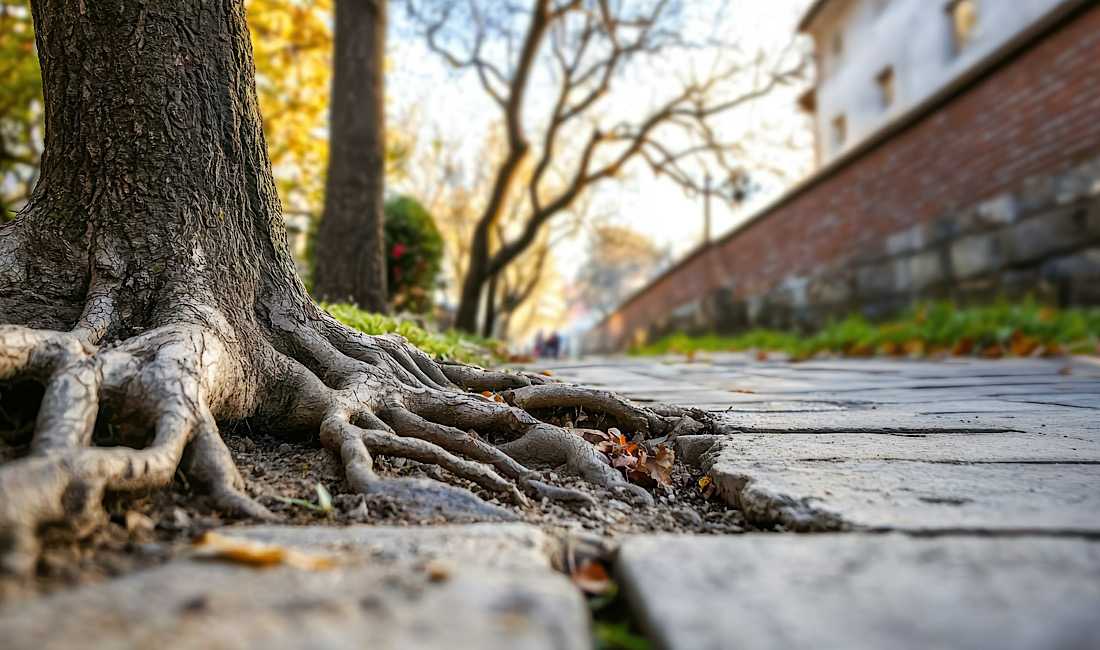Polished concrete provides a glossy, show-room-style finish that remains durable over time. Read on to learn how to give horizontal concrete a beautiful polished finish.
Concrete Polishing Process
Polishing concrete is much like sanding wood in that you gradually progress from coarse-grit to finer-grit abrasives. That said, there are many considerations to make when attempting to polish concrete on your own. For one, it requires specialized grinding equipment along with special diamond-based abrasives. It also requires some unique prep work, which can be considerable depending on the current state of the horizontal concrete surface.
With all this in mind, it may be best to leave this sort of job to the professionals, especially if you aren’t used to working with concrete grinding machines. That said, If you’re dead set on trying this labor-intensive DIY project, here are the steps you should take.
1. Remove Any Adhesives Before You Polish Concrete Floors
Whether it’s mastic, glue or tack strips, you need to remove any and all adhesive material from the concrete before beginning work. That generally requires some type of concrete grinding tool, which you can rent from a local concrete equipment supplier.
In many instances, mechanical removal will suffice; but if the adhesive is especially stubborn or widespread, you may have to try chemical removal, using a product such as SafStrip or Cure & Seal Remover.
2. Repair Flaws
Once you’ve fully eliminated all the adhesive, you’ll need to repair any joints and cracks in the concrete. You can generally fill these areas with a good polyurea joint filler. If there are any areas where the floor is especially beaten up, you may need to use a spalling repair.
Before you try to polish a horizontal concrete surface, always make sure it’s in good condition. If the surface is cracking or sagging, you can have it restored at an affordable price using mudjacking techniques, perfected by AAA Concrete Raising. Give us a call and we can level your concrete surface before you start working.
3. Grind the Surface
Again, grinding concrete is much like sanding wood, except you need to use a concrete grinder and a range of diamond tooling that affixes to the machine. Diamond tooling fastens to the bottom of the machine to cut the concrete. And, if you’re wondering, yes, they are made of real industrial-grade diamonds, which are perfect for this application thanks to their exceptional hardness and ability to tolerate high heat generated by the friction of intense grinding on concrete.
 Like sandpaper, the diamond tooling will have various grit sizes. The higher the grit number, the shinier and finer the finish; the lower the grit number, the coarser the finish. Start with a low grit and gradually move up to a higher, finer grit level. You should generally start with a 30- to 40-grit diamond tooling. Then go over the surface again with an 80-grit diamond before finishing up with 150-grit or finer.
Like sandpaper, the diamond tooling will have various grit sizes. The higher the grit number, the shinier and finer the finish; the lower the grit number, the coarser the finish. Start with a low grit and gradually move up to a higher, finer grit level. You should generally start with a 30- to 40-grit diamond tooling. Then go over the surface again with an 80-grit diamond before finishing up with 150-grit or finer.
4. Harden the Concrete
To enhance the appearance and optimize the performance of your concrete floor, you need to harden it through chemical densification. Once you’ve ground the floor to the desired level, use a chemical densifier/hardener such as LS, LS/CS or Blended Densifier. Follow the manufacturer’s application instructions to avoid problems.
5. Polish the Concrete
Polishing is achieved using the same concrete grinder, but with a very high-grit diamond tooling attachment. Polishing typically starts with around a 100-grit to 200-grit diamond and finishes with a very fine 800-grit or 1500-grit diamond.
6. Protect the Concrete
Your floor will last longer, look better and be easier to maintain if you add a product such as PolishGuard or LSGuard Concrete Protector SB. Again, follow the manufacturer’s application instructions to the letter to keep from damaging your polished concrete surface.
Once your polished concrete floor is completed, you’ll have a durable, beautiful floor that will outlast any other flooring option. That said, all concrete surfaces are at the mercy of the underlying ground, so make sure you have taken measures to give your surface enough foundational support, especially if you notice any sinking or cracking.
AAA Concrete Raising has served Colorado homeowners and businesses for more than two full decades. Our innovative concrete raising company uses modern equipment that eliminates the need for any sort of noisy, awkward machinery. This ensures a speedy, neat, efficient job that won’t disrupt the neighborhood. Contact our team today for a free estimate on your next concrete project.





